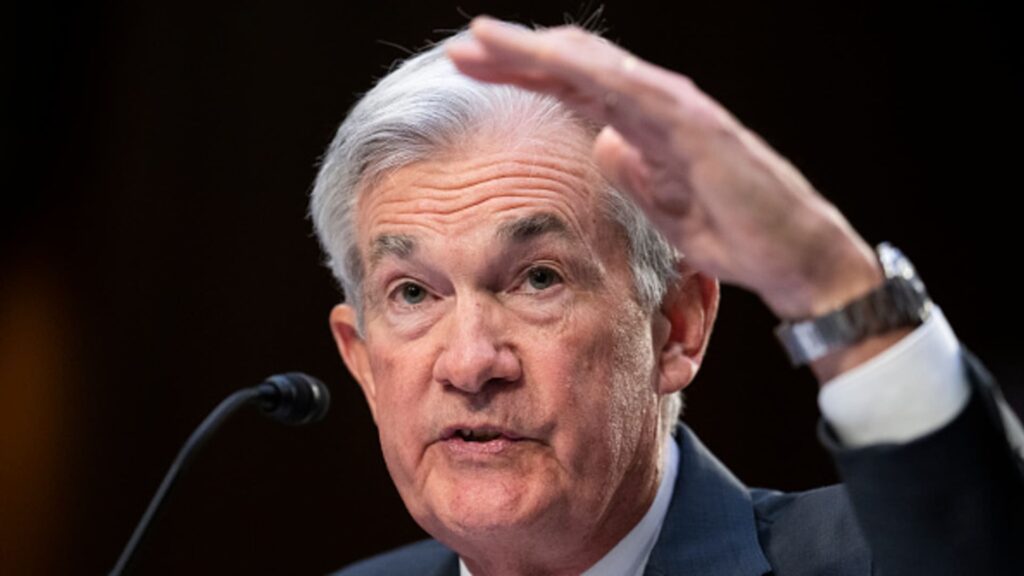Federal Reserve Chairman Jerome Powell testifies during the Senate Banking, Housing, and Urban Affairs Committee hearing titled The Semiannual Monetary Policy Report to the Congress, in Hart Building on Tuesday, March 7, 2023.
Tom Williams | Cq-roll Call, Inc. | Getty Images
When the Federal Reserve starts to raise interest rates, it generally keeps doing so until something breaks, or so goes the collective Wall Street wisdom.
So with the second- and third-largest bank failures ever in the books just over the past few days and worries of more to come, that would seem to qualify as significant breakage and reason for the central bank to back off.
Not so fast.
Even with the failure over the past several days of Silicon Valley Bank and Signature Bank that forced regulators to spring into action, markets still expect the Fed to keep up its inflation-fighting efforts.
In fact, the dramatic events may not even technically qualify as something breaking in the collective Wall Street mind.
“No, it doesn’t,” said Quincy Krosby, chief global strategist at LPL Financial. “Is this enough to qualify as the kind of break that would have the Fed pivot? The market overall doesn’t think so.”
While market pricing was volatile Monday, the bias was towards a Fed that would continue tightening monetary policy. Traders assigned an 85% probability of a 0.25 percentage point interest rate increase when the Federal Open Market Committee meets March 21-22 in Washington, according to a CME Group estimate. For a brief period last week, markets were expecting a 0.5-point move, following remarks from Fed Chair Jerome Powell indicating the central bank was concerned over recent hot inflation data.
Pondering a pivot
Goldman Sachs on Monday said it does not expect the Fed to hike at all this month, though there were few, if any, other Wall Street forecasters who shared that position. Both Bank of America and Citigroup said they expect the Fed to make the quarter-point move, likely followed by a few…
Read the full article here





